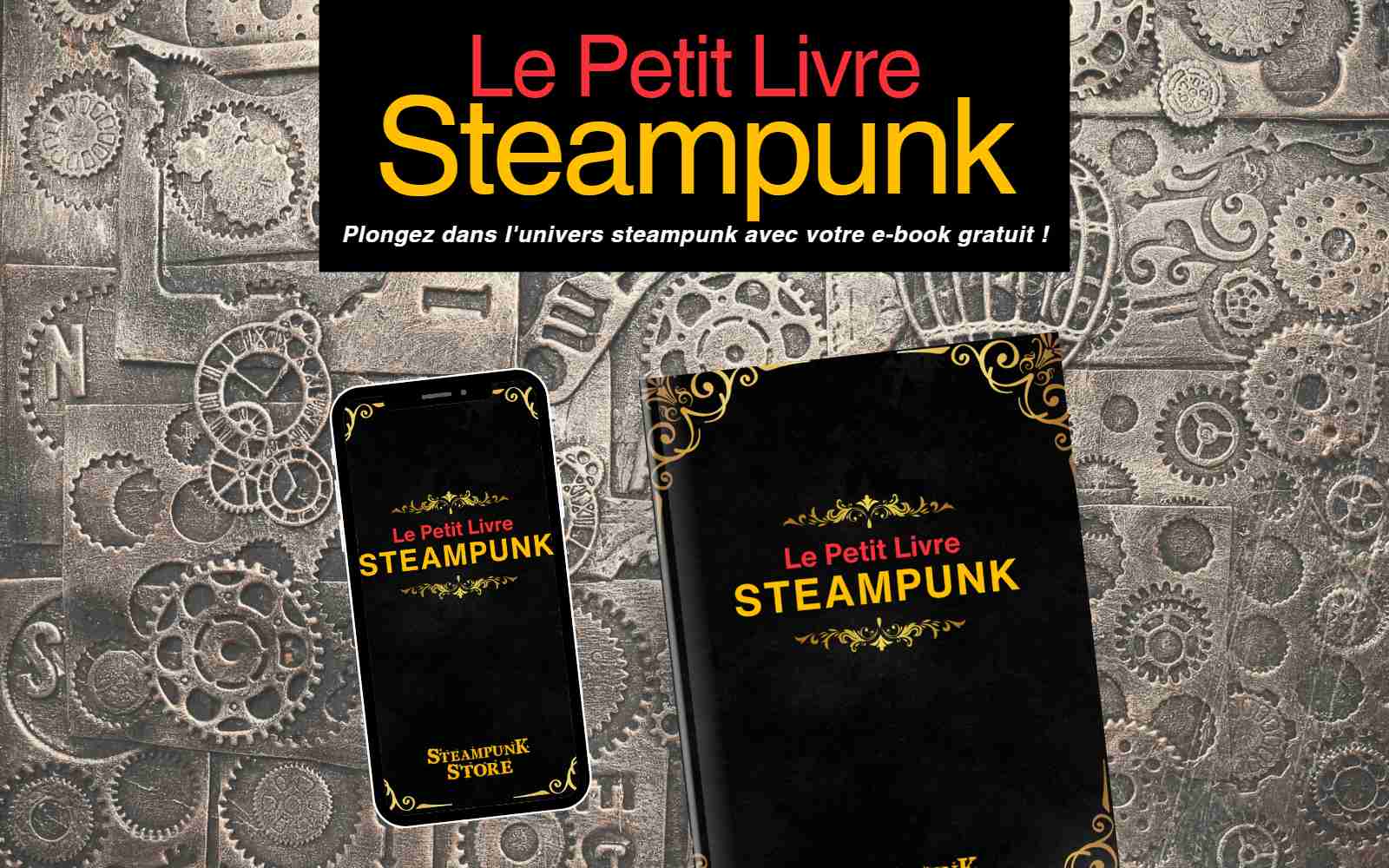Steam Garden: Tokyo's steampunk festival.
While it may sound a bit like bragging at times, when people ask Japanese people what they love most about Tokyo, they can’t help but say that it has almost everything. Now, don’t get me wrong, there are things you can’t find in the Japanese capital, but pretty much everything we looked for, we found. And we even found some things without knowing we were looking for them! For example, about a week ago, we learned that Tokyo has its own quarterly steampunk festival! So it’s safe to say that the city’s reputation is well-deserved.
Key points
- 🎭 Concept : Steampunk is a reinvention of 19th-century science fiction, incorporating Victorian aesthetics and a punk attitude.
- 🏙️ Location : The festival is held in Tokyo, mainly in Harajuku and Christon Café Shinjuku.
- 🔄 Themes : Each event has a different theme, for example "Celtic Fantasy" or the Meiji era.
- 🕰️ Items : Pocket watches, steampunk accessories and other brass items are sold.
- 🎨 Culture : The festival blends traditional Japanese culture with Western steampunk elements.
- 👗 Fashion : Participants often wear costumes that mix Victorian and Japanese styles, such as Gothic Lolita dresses with googles.
- 🎶 Entertainment : The festival includes dance shows, live music and performances by acrobats and artists.
- 🍢 Cuisine : The food served is theme-appropriate, such as medieval dishes for the "Celtic Fantasy" theme.
The concept of Steampunk is only just beginning to be recognized in Japan, although there have been many works that incorporate Victorian aesthetics, as seen in many manga such as the animated film Steamboy or Full Metal Alchemist.
Dubbed Steam Garden, the first Steampunk event of the year takes place in January in Harajuku . Steampunk Store has delegated the investigation to a local student, Misato, to find out more.
Tokyo-based friends Kenny Creation and Luke Chaos have been passionate about this subculture for some time, and last year they founded the Steam Garden as a regular event. Their fourth convention, themed around “Celtic Fantasy,” for which Luke and Kenny rented out the entire Christon Café Shinjuku (a themed restaurant filled with European relics), was a special venue that dressed up for the occasion. They filled it with tribal fire dancers, art performances, medieval food, and live music on period instruments.
Each event has a different theme, revolving around a past era. Previously, Steam Garden hosted a Meiji-themed party – a tribute to the time when Japan opened its doors to the West and merged Victorian fashion with traditionalJapanese kimonos and obis.
This festival is perhaps better than a time machine.
This time, the password was Celtic Fantasy: "a mix of industry, fantasy and epic adventure set to a soundtrack of thrilling tribal and Celtic music." Braveheart wandered around the room, challenging partygoers to duels in a Scottish accent. If you got tired of dancing to the sound of bagpipes, you could order food - a plate of meat on skewers, to fit the medieval mood.
One section of the space contained tables selling pocket watches, steampunk accessories, and other brass clockwork instruments. Some of them came from Harajuku's A Story, a store that sells only Victorian clothing.
The festival attracts an interesting crowd to see: how Tokyo's youth have adopted the Steampunk style to make it something uniquely Japanese. There is often an element of cute (Kawai), such as Gothic Lolita dresses with googles.
Steam Garden happens every few months, and people from all over Japan come here to attend, as it's the only regular, organized Steampunk event in the country. If Celtic Fantasy is to be believed, this underground scene will continue to grow. As Luke said, "Let's hope the airship keeps rising!"
Did you know that Steampunk culture existed in Japan?
We were able to get a pretty satisfying answer from Luke who runs Steam Garden. Steampunk is a kind of reimagining of 19th century science fiction, like a punk-attitude version of 20,000 Leagues Under the Sea. We love the classy, dressed-up 19th century aesthetic, the sense of adventure, the DIY aspect of crafting and building, and the satirical, playful approach to the story."
Good news, we're on the same wavelength. That's a strange feeling where on the other side of the world we also share our passion! The movement actually seems to work very, very well in Japan too, thanks to the country's mix of traditional and contemporary culture during the Meiji era.
Kenny had this to say about steampunk in Japan. "I think the Japanese mottainai (don't waste) culture is a good influence on recycling and creating things from waste. I really like that part of steampunk."
Adding to Kenny's comments, Luke explained that some aspects of Japanese steampunk are still very new. "Aesthetically, Steam Garden really pioneered what we sometimes call the wild east style of steampunk, a more intense version of the Wa-yo-setyuu style of merging East and West, and that seems to inspire a lot of young steampunks to be proud of the Japanese style, rather than copying a Victorian or American look.
Whatever the origin of the idea, it seems that Steam Garden has snowballed. It even started with a bit of a bang! When asked about the festival’s growth over the past four years, Kenny told us, “I thought the first one would be a small living room party. Maybe 40 people. But we had to rent a small nightclub. So we picked a bigger place the next time, and we filled it up again. Each time it got a little bigger.”
"During DJ and lounge hours, you can enjoy hookah, sit and chat with the best dressed, classiest and friendliest crowd of any event in Tokyo, and dance to the adventurous neo-retro sounds of our DJs.
The entertainment, music, and even booths for each event are carefully selected to fit the episode’s theme, whether it’s rodeo girls in a ‘Wild Wild Wild West’ fashion show or Katana samurai wielding traditional Japanese music live for Meiji Democracy. The performers are always top-notch, including Cirque du Soleil acrobats, professional sword fighting choreographers, well-known Shamisen players, and more.
Now, if you're worried about not having anything to wear, Luke assures us that you don't have to wear a steampunk or historical costume. It's not entirely necessary, but he added that "most attendees make a huge effort to look awesome," so it might be worth making an effort to at least wear something vintage to really get into the spirit. Anyway, Misato had a blast, and has already asked to cover the event for us next year.
Here is some good news from Japan, see you soon steampunkers for a new article on the intoxicating world of Steampunk!







